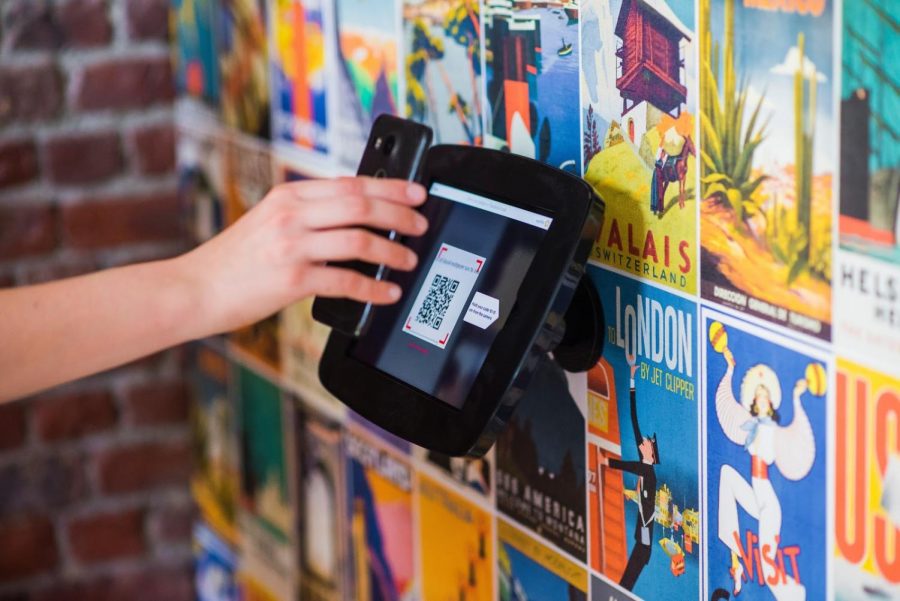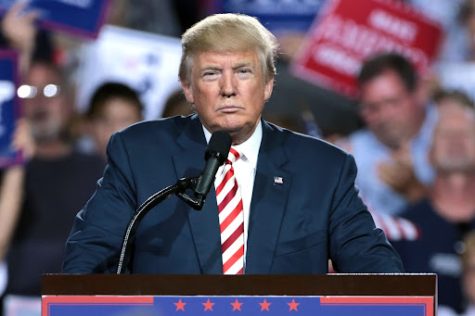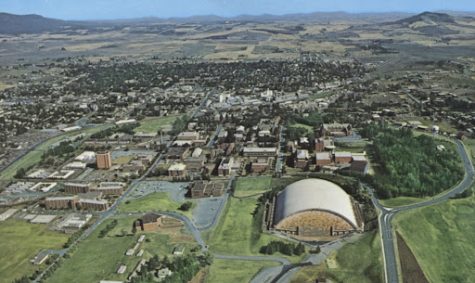Device Tracking
May 5, 2020
Only a few months ago would the government or technology companies be deemed Big-Brother-esque if they were to tell American citizens that their movements and locations will be tracked (or would they?); such fervor would not be uncalled for at the time. But we seem to have diverged from that zeitgeist of techno-utopian skepticism as a spate of COVID-19 infections has rendered Americans stuporous, shifting their priorities and making even more ubiquitous the use of technology as a panacea of an increasingly disconnected world, with spikes in food delivery, social media use and content streaming. Now, it’s all about mitigation. The only question is, How?
It was in late December when ProMED agglomerated evidence of a “pneumonia of unknown origin on China’s microblogging website, Weibo,” and when HealthMap “captured digital clues about the outbreak from an online press report.” Since then: The World Health Organization has used such sources to be informed of and promulgate the scale of infections; university epidemiologists have teamed up with private companies (Facebook, Camber Systems and Cuebiq), who “provide our team with aggregated data sets in accordance with data use agreements and strict privacy-preserving policies” to “provide situation reports to decision-makers who are implementing social distancing interventions”; and Apple and Google have developed an API, set to release in May, for public health officials to use in apps or websites to score much-needed data on the virus’s scale. The benefits of using them—“speed and volume”—are becoming more and more justifiable for epidemiologists and officials who need accurate information to make medical and policy decisions, however expediently.
But, in order to gain a more accurate picture of the infection’s scale, companies and researchers must dig deeper and aggregate more data, most contentiously, through social media, wearable devices and geo-tracking. Under the guise of “anonymous,” such data is all but that: Journalists at the New York Times did an in-depth analysis—rather a multitude of them—of “anonymous” location data “provided to Times Opinion by sources alarmed by the power of the tracking industry.” They minimized the significance of data being “anonymized” by writing, “our journalists were able to track the movements of President Trump’s Secret Service guards and of senior Pentagon officials.” They even showed their readers “How to Track President Trump.” On September 24, 2018, researchers at MIT published a study in which they showed that “anonymized data can be de-anonymized pretty quickly when you’re working with multiple datasets within a city.” A subsequent question emerges: Is the implementation of such surveillance tactics solely for the mitigation of the virus? With that much data (which many companies use to measure “the patterns, not the identities,” that it “reveals about consumers”), would the federal government, researchers, or companies involved want to stop there?
According to The Daily Beast, the Trump Administration has given Palantir, a “data-analytics firm owned by the conservative billionaire and the Trump backer Peter Thiel” best known for its “work with the N.S.A. and I.C.E., where its software is used to track undocumented immigrants,” “a contract with the Department of Health and Human Services to help the federal government create a new data platform called HHS Protect Now.” The platform “pulls data from across the federal government, state and local governments, healthcare facilities, and colleges, to help administration officials determine how to ‘mitigate and prevent spread’ of the coronavirus.” This is very much the same tool as the Mobility Data Network, though ethical boundaries and political ties are very much disparate. (Do keep in mind the context: 9/11 had, for better or for worse, stripped much of the public’s possibility for privacy; and another call for necessity could push mass surveillance even further. “Rights and data surrendered temporarily during an emergency can become very difficult to get back.”)
But, one must not sink too far into the perception of inevitability: Such actions are only beginning to be discussed. Mila Romanoff, a “data and governance lead for United Nations Global Pulse, says that “‘We need to have a framework that would allow companies and public authorities to cooperate, to enable proper response for the public good.’ . . . To reduce the risk that coronavirus surveillance efforts might violate people’s privacy, she said, governments and companies should limit the collection and use of data to only what is needed. ‘The challenge is,’ she added, ‘how much data is enough?’” And that is what’s happening: A recent hearing by the Senate Committee on Commerce, Science and Transportation has received testimony from active and venerable figures on the use of surveillance during the crisis. Additionally, we are still unclear as to the efficacy of such new technology: Bluetooth is very spotty; many people don’t own smartphones; many may not participate (if it’s optional); sharing medical records is voluntary; and some may be asymptomatic carriers. It is still very early and precarious at best.
Gavin Newsom, the governor of California, has invited the possibility of using BlueDot, “a small Canadian company with an algorithm that scours the world for outbreaks of infectious disease.” The company has, in recent months, developed “outbreak science,” the use of artificial intelligence to map and analyze—by way of troves of user, corporate, and government data—the spread of the disease and how to mitigate it. Given many reasons, one being that the company was “among the first to raise alarms about the lethal outbreak,” Gavin Newsom has come to rely on its information, noting, on 60 Minutes, last Sunday, that it “is a whole other level of sophistication and data collection,” to which government and public-health officials “can see in real-time on a daily basis, hourly basis, moment-by-moment basis if necessary, whether or not our stay-at-home orders were working.” Asked how it is dealing with the privacy issues, Newsom responded, “Well, I didn’t want to take the companies’ words for it, I say that respectfully. I have a team of folks that are privacy-first advocates in our Technology Department. And we are making sure that no individualized data is provided. If it is, we’re out.”
Image courtesy of Pixabay.











